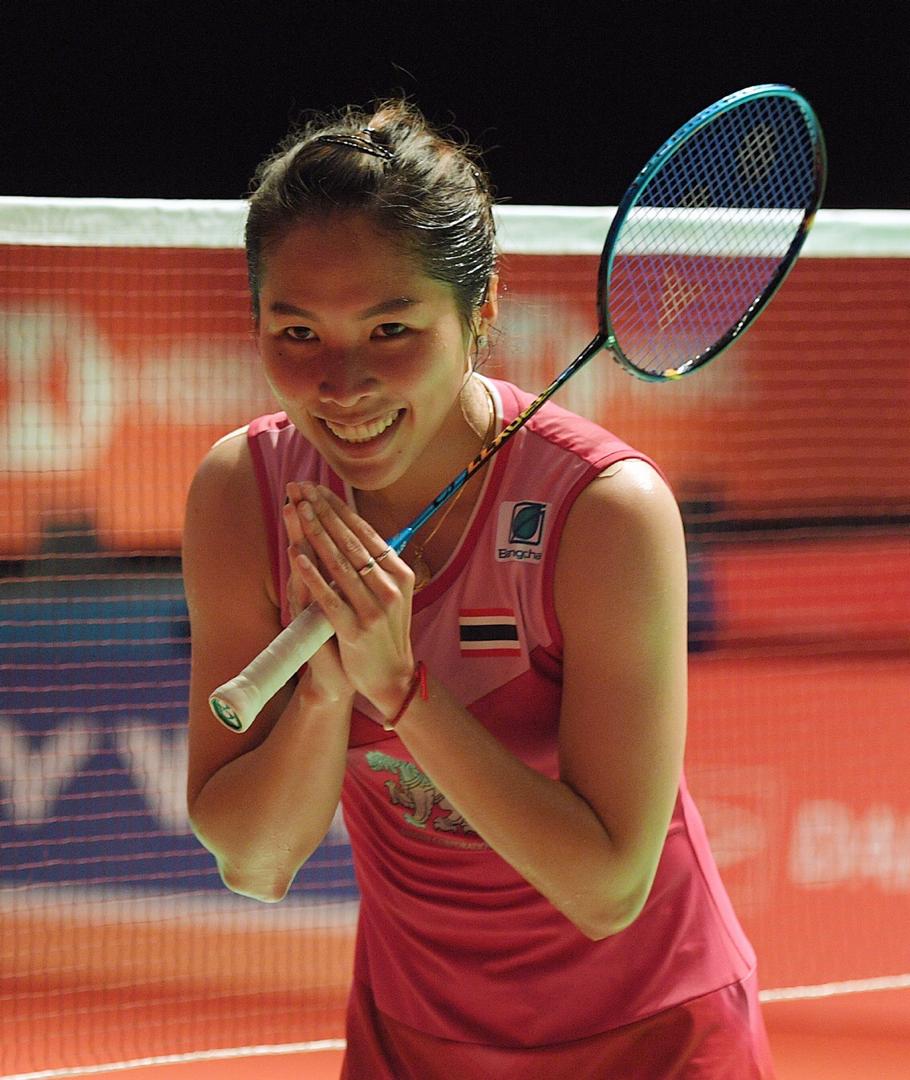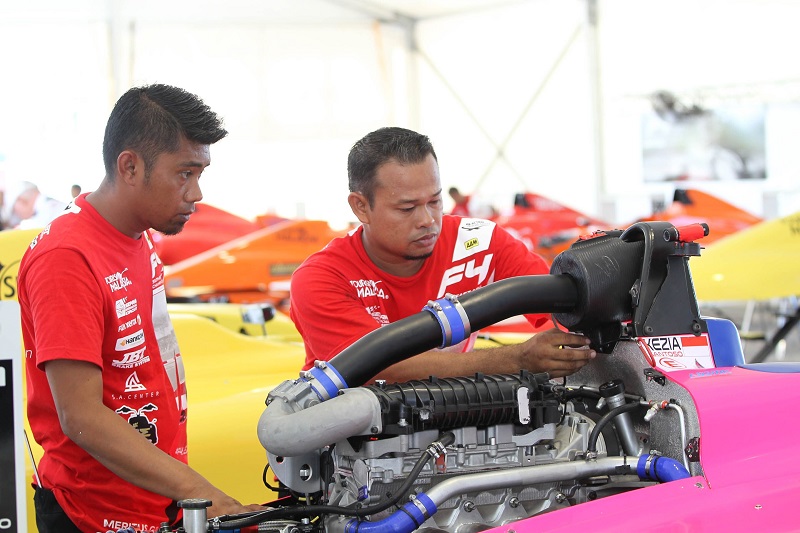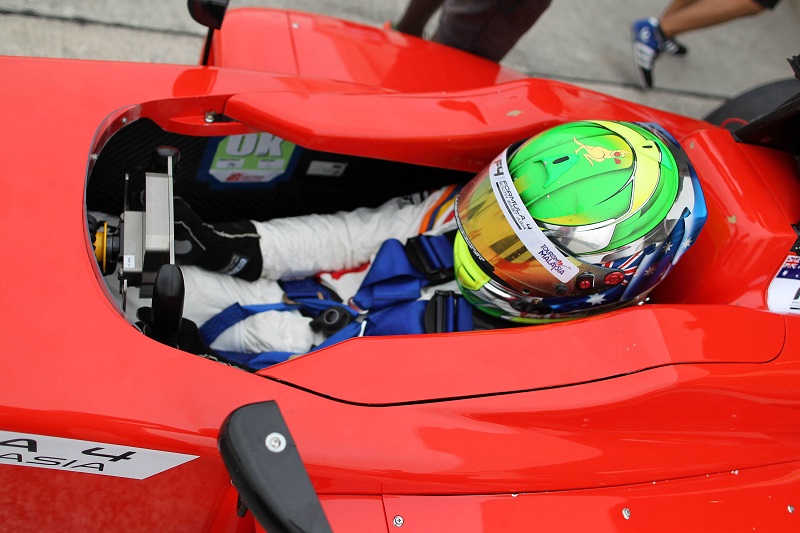He’s a man with many hats, which may explain his hair! Grungy, a little unkempt, dishevelled even — the kind of locks rock stars would kill for.
He goes about his business quietly, quickly, efficiently. Only stepping in when needed, safe in the knowledge the groundwork and plans have been put in place to ensure the safety of racing drivers.
He is Laurent Mekies, Federation Internationale de l’Automobile’s (FIA) safety director as well as Formula One’s deputy race director and Formula Two race director.
Asked how he juggles his jobs, he replied: “I enjoy it. It’s a good mix. We try to support all forms of departments from a safety perspective.
“It is good to have a role (in the two championships) to have a clearer picture of what is needed for both sides of the (safety) topic.
“One of my jobs is to make racing as safe as possible for drivers. There have been some new guidelines — while not popular with team owners and drivers — which are necessary if we want to save lives and reduce or even eliminate injuries.”
Mekies said educating drivers about safety issues has been one of the hardest aspects of his job.
“Drivers may not agree all the time. We need to educate and convince them we are not trying to curtail the speed of the car or their talent,” he explained.
“We are trying to anticipate what could happen instead of reacting to an accident. That is why when we come up with certain solutions, there are people who may question what we are doing.
“They don’t see or understand what the rationale behind such decisions until we explain them. That’s why I keep saying we need to educate drivers.”
Mekies is convinced the new “pyramid scheme” in formula racing — where drivers start earning points to their Super License by racing in Formula Four, Three and Two before reaching Formula One — will help educate drivers better.
He explained many guidelines in F1 would eventually filter down to the other forms of formula racing where the younger drivers can better understand what FIA is trying to do.
“We develop the high technology in F1 — crash tests, exotic material, halo cockpit protection and other high level developments because teams have strong engineering support.
“Once we do it for one or two years and as the technology gets better known we implement it in the other formula races. By which time, it would be less expensive for the lower category,” he said.
“The crash tests in F4 are from ones done in F1 years ago. Every single characteristics of the Formula 4 car is a result of tests we have done in Formula 1, 2 and 3. The synergy is amazing.”
Separately, on the new F3 to be launched in 2019, Mekies said he expects it to be just as successful as Formula Four.
“Look at how well F4 has done. Its first champion, Lance Stroll is already in Formula One and there are many more drivers knocking on the door for an F1 drive,” said the Frenchman.
“In F3, we are studying the prospects of having two types of championships — one which is the national championships and another which is regional (similar to the FIA Formula 4 Southeast Asia Championship).”
He explained in three years Formula Four has gone from zero championships to 15 but was unsure if some countries can handle having individual championships.
“There is a need, or rather a request for an interim step, to have a regional championship instead of a national event. It is a good step forward as in terms of performance the gap will be quite big,” said Mekies, an engineer by training.
“We will try to satisfy the needs of all stakeholders.”

































